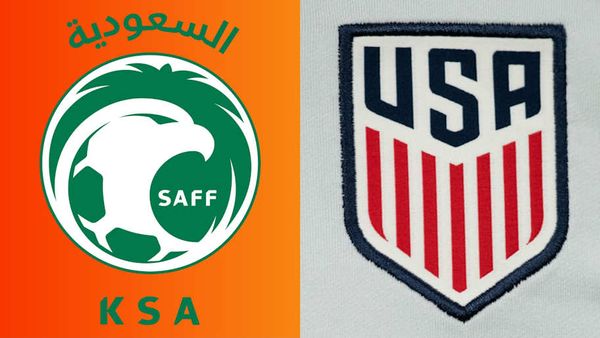
Mumbai: Reliance Industries Ltd’s first quarter earnings are due on Friday and the street is awaiting clarity on the company’s plans for its telecom venture Reliance Jio Infocomm.
In April, while reporting its fourth quarter results for 2015-16, the company reiterated that Reliance Jio Infocomm Ltd would launch commercial operations this year, but didn’t specify a timeline. With speculation rife that RIL may launch Jio by August, it remains to be seen what plans are unveiled by the company’s management post the results.
During the first quarter, the company took a slew of measures to expand Jio’s user base. One, it extended Jio’s services to the public through an employee-driven invite system, where an invite from an RIL employee can bring others into the Jio users’ fold, allowing them to buy a LYF phone, which comes bundled with free unlimited 4G data and voice for three months.
Two, it began sales of its LYF branded devices online, and three, the company launched its official website Jio.com on 1 June. Through the website, users in general can request or register for an invite to join Jio’s beta launch. The website lists various services and apps that are being offered by Jio. It, however, does not offer any details on the launch of the company’s 4G services or its tariff plans. The website lists various apps by Jio—JioChat, JioJoin, MyJio, JioBeats, JioOnDemand, JioXpressNews, JioMoney and JioDrive.
In June, RIL also launched LYF smartphone variant Earth2 with Priyanka Chopra as the brand ambassador and lowered the price of its variant Flame from Rs.4,000 to Rs.2,999, making it the most affordable 4G handset.
On 14 July, the company decided to expand its user base by extending the three-month unlimited data preview offer to Samsung smartphone handsets. Going forward, this would be extended to other smartphone users as well. All these steps will help Jio expand its user base which, as per RIL’s target, needs to be 100 million in the first year of operations.
RIL has a capital expenditure plan for fiscal year 2017 at $9 billion (Rs.59,850 crore today) across businesses, half of which would go to Jio.
Core businesses
As for RIL’s core businesses, stronger petrochemical margins during the quarter may help offset weaker earnings from its refining and marketing business, which account for nearly 78% of its overall revenue and over 60% of profit. Last quarter, fall in crude oil prices helped RIL post its highest net profit in over eight years, boosting its refining and petrochemical margins.
The company’s gross refining margin (GRM) may come at $9.5-10 per barrel, against $10.4 per barrel a year ago and $10.8 per barrel in the March 2016 quarter. This, however, could be higher than the Singapore benchmark GRM, which averaged at $5 per barrel during the June 2016 quarter as against $ 7.7 per barrel during the fourth quarter of 2015-16.
GRM is realization from turning every barrel of crude oil into finished products. Brent crude oil prices averaged higher at $47 per barrel during the quarter against $35 per barrel in the fourth quarter of the last fiscal.
While the retail business is expected to post a good set of numbers, the exploration and production (E&P) segment could disappoint again. E&P losses could deepen due to lower domestic gas price and a likely drop in domestic production from both the KG-D6 and PMT (Panna-Mukta-Tapti) blocks. Clarity on production from its coal bed methane (CBM) blocks in Sohagpur, Madhya Pradesh, could help the E&P numbers going forward. This April, RIL had begun test production from its CBM blocks.
Clarity is also awaited on RIL’s stand on dropping the on-going arbitration with the government on natural gas prices. Withdrawal of arbitration is a pre-condition to RIL-BP being allowed free pricing of gas produced from their fields. Last quarter, RIL had said a decision on the issue is under consideration. RIL and its partner BP Plc. have initiated discussions with the government to drop the arbitration. RIL-BP may invest $10 billion over the next few years to recover about 2.5 trillion cubic feet (tcf) of gas from deep sea fields that the partners expects to be allowed to sell at free market prices under the new gas-pricing rules announced on 10 March. BP holds 30% stake in RIL’s KG D6 block. While RIL holds 60% in the block, Niko Resources holds the remaining 10%.







